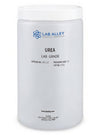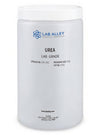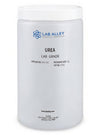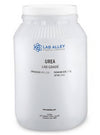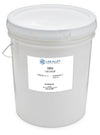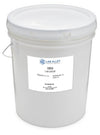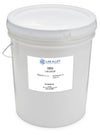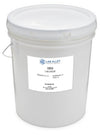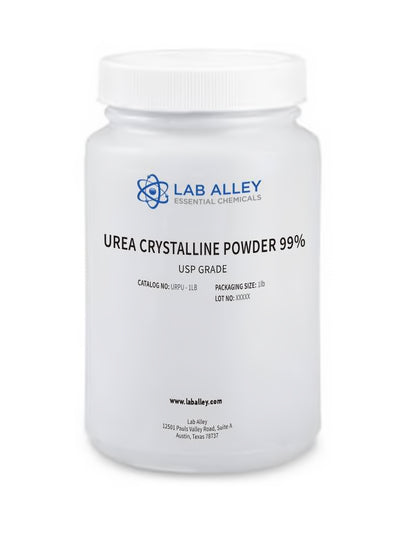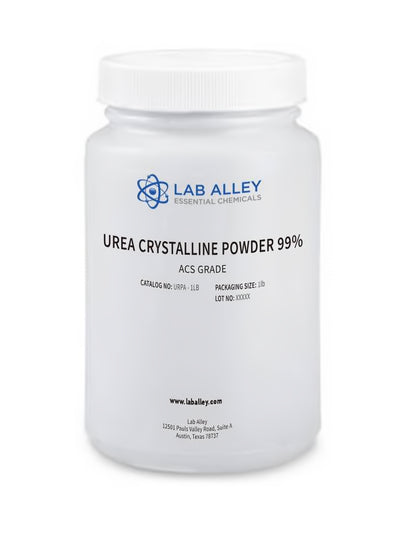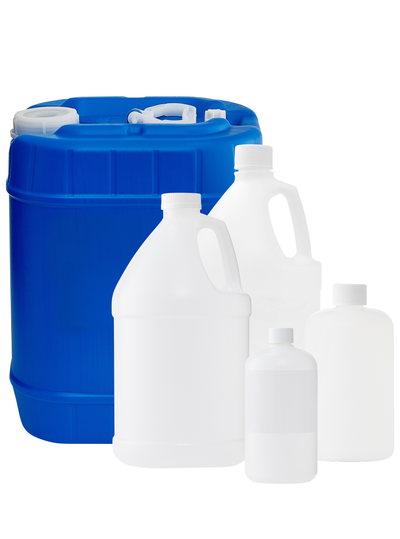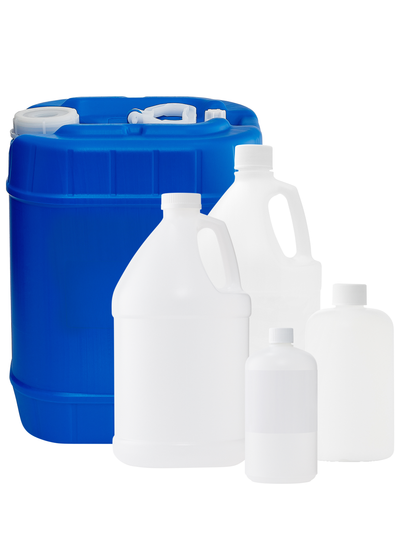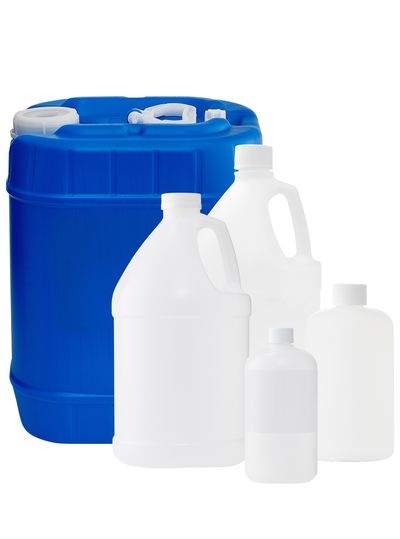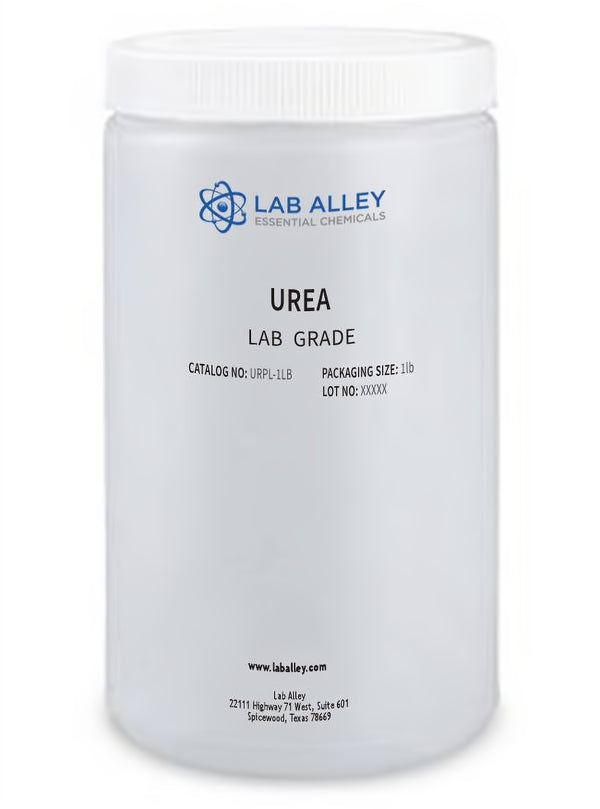
Business Support
Description
About Urea Granules 99% Lab Grade
Urea, also known as Carbamide, Carbonyldiamide, and Isourea, has the chemical formula CH4N2O or CO(NH2)2. It appears as colorless to white prills, granules, pellets, or crystals with no odor, but can gradually develop a slight Ammonia odor in the presence of moisture. It possesses a cooling saline taste and is freely soluble in Water and Alcohol at ambient conditions. When heated to decomposition, it emits toxic fumes of Nitrogen Oxides. Commercially, it is produced by reacting Ammonia, Carbon Monoxide, and Sulfur in Methanol. It is also produced by combining liquid Ammonia and liquid Carbon Dioxide under a pressure of 1750-3000 psi and a temperature of 160- 200 °C to form Ammonium Carbamate (NH4CO2NH2). Ammonium Carbamate undergoes decomposition at lower pressure to Urea and Water.
Chemically pure or Laboratory Reagents are the two terms often used to describe Lab Grade chemicals. Lab Grade chemicals do not meet any accepted quality or purity requirements such as the ACS Grade, the USP Grade, and the FCC Grade, despite their acceptable purity.
COMMON USES AND APPLICATIONS
- Reagent
- Chemical precursor
- Fertilizers
- Synthesis of dyes
- Synthesis of urea-formaldehyde resin
INDUSTRIES
PRODUCT INFORMATION
Customer Reviews and Q&A
Safety and Shipping
Business Support
Built for Business.
At Lab Alley, we simplify procurement with custom quotes, credit applications, tax exemptions, and fulfillment support, ensuring on-budget, on-time delivery - your success is our priority.
Apply for Credit
A Lab Alley credit account streamlines purchasing for your business. Our Customer Success Team is available to help you through every step of the process.
Request a Custom Quote
Get a fast, customized quote tailored to your specific needs. Our team ensures accurate pricing and availability to help streamline your purchasing process.

Additional Business Resources
Lab Alley provides access to essential certifications, documents, and other resources to support your business.

Create a Lab Alley Account

RECEIVE exclusive offers, promotions, and discounts on chemicals.

Always have the product you need, when you need it with our AUTOSHIP program.

